November 12, 2021
Water Portability Key For BHP’s Newest and Biggest Iron Ore Mine Site
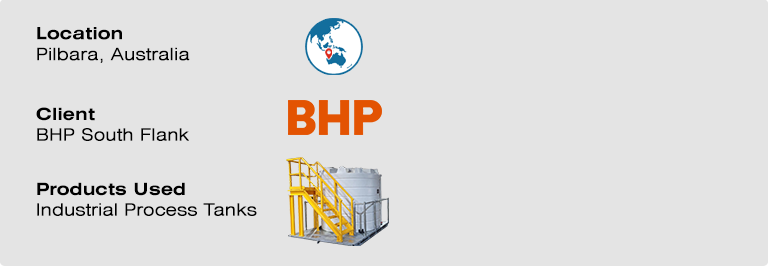
Australia’s largest new iron ore mine in more than 50 years has adopted the durability and reliability of Coercos’ industrial process tanks for its pit facilities.
BHP South Flank mine site together with BHP’s mining area 'C' will form the largest operating iron ore hub in the world. The mine site is located 156 kilometres North-West of Newman and nine kilometres south of BHP’s Mining Area C facility in the Pilbara region of Western Australia.
Work began to construct the mine site in July 2018 at a cost of more than three billion US dollars and will form the largest operating iron ore hub in the world by producing 145 million tonnes of iron ore a year.
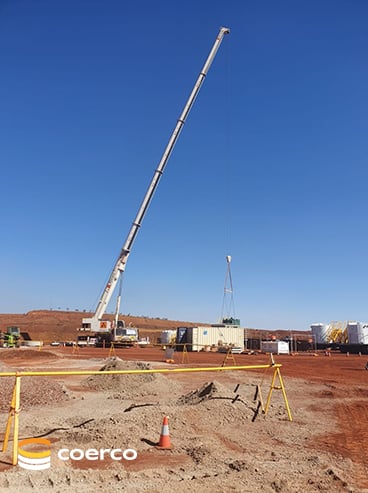
High Grade Water Tanks Match Harsh Mine Site Conditions
Coercos’ experienced team of project managers created twelve water storage tanks and wastewater storage solutions that could be moved to multiple sites as mine works progressed at the site. The tanks were divided into three groups being potable water tanks, fire water tanks and wastewater tanks. Each tank was skid mounted and bolted onto a platform, which also had an access ladder.
This design provided the greatest portability for the mine site as the pit facilities would be moved on a regular basis. The tanks were fitted with flanges and outlets to suit the pumps used by BHP and custom built to support the staff working within the pit facilities.
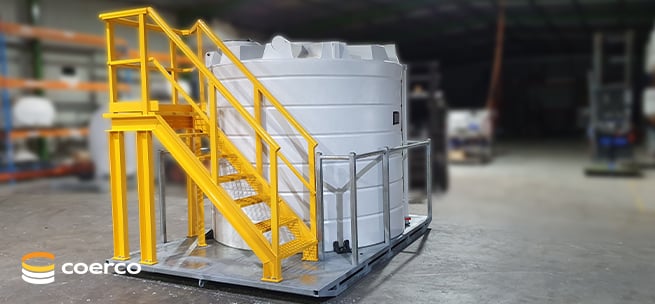
Custom-Designed and Durable Water Storage Solutions
Each part of the supporting framework for the tanks including the skid, access stairway and platform, which were compliant to AS1657, were fabricated using galvanized steel and finished with yellow paintwork. Coerco project managers also ensured every aspect of the tank project complied with Australian standards for safety, stability and durability.
The fire water tanks hold 9,000 litres of water and when completed can pump 0.82 litres of water per second, while the potable water tanks have a 10,500-litre capacity and can pump 1.72 litres of water per second. BHP incorporated two of each tank for two of its sites being PC1 and PC2, and requested the tanks were colour coded for ease-of-use.
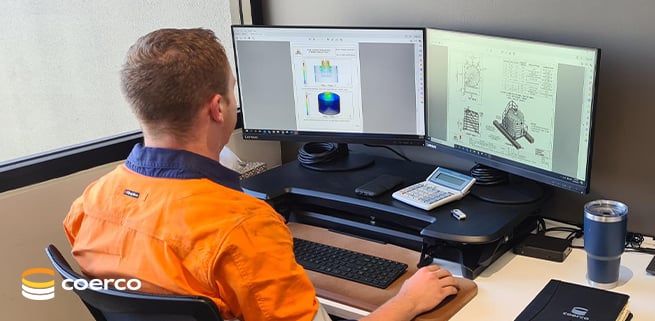
As part of its due diligence, Coerco also included concrete tie down options for each tank that complied with windage modelling and 3D modelling for region 'D' cyclone rating.

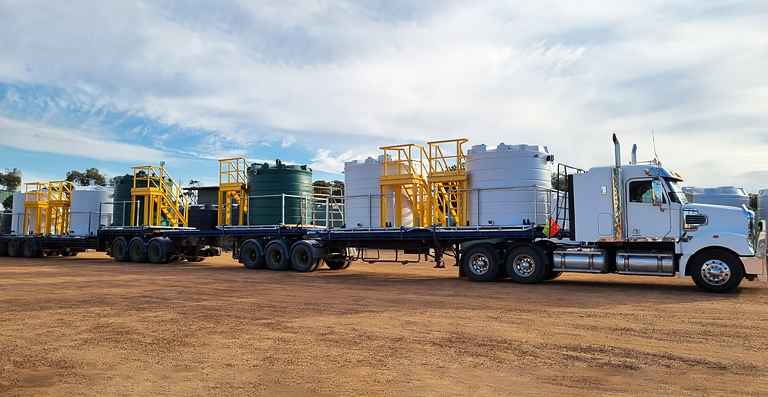

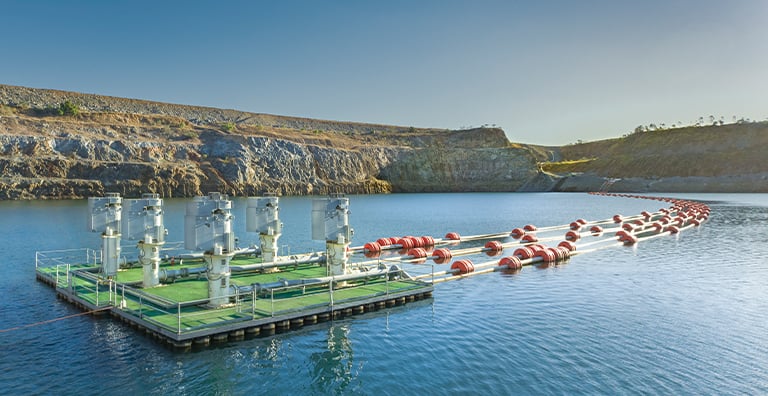
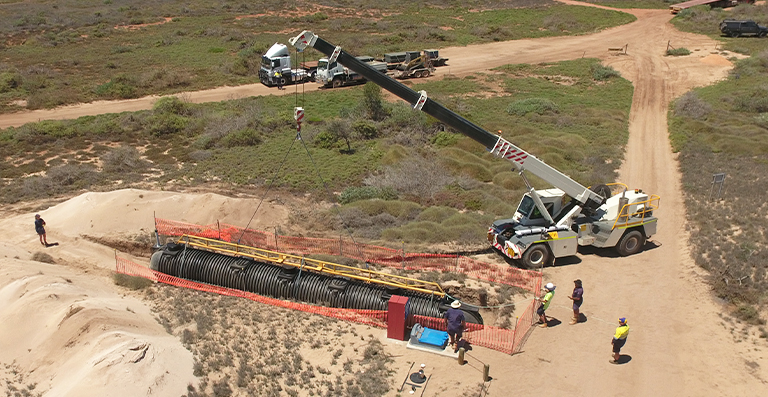
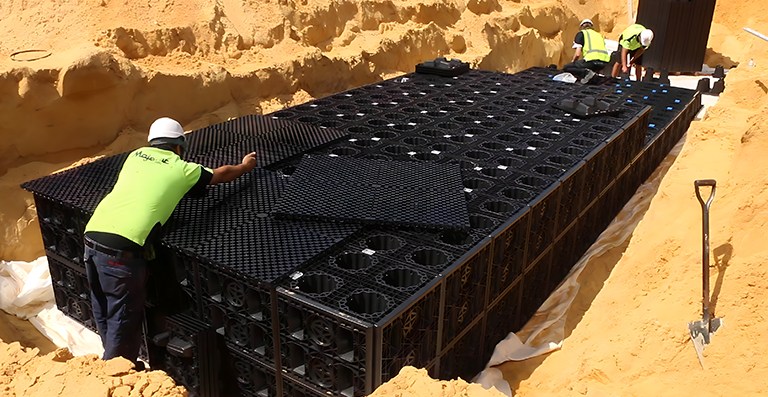
Comments